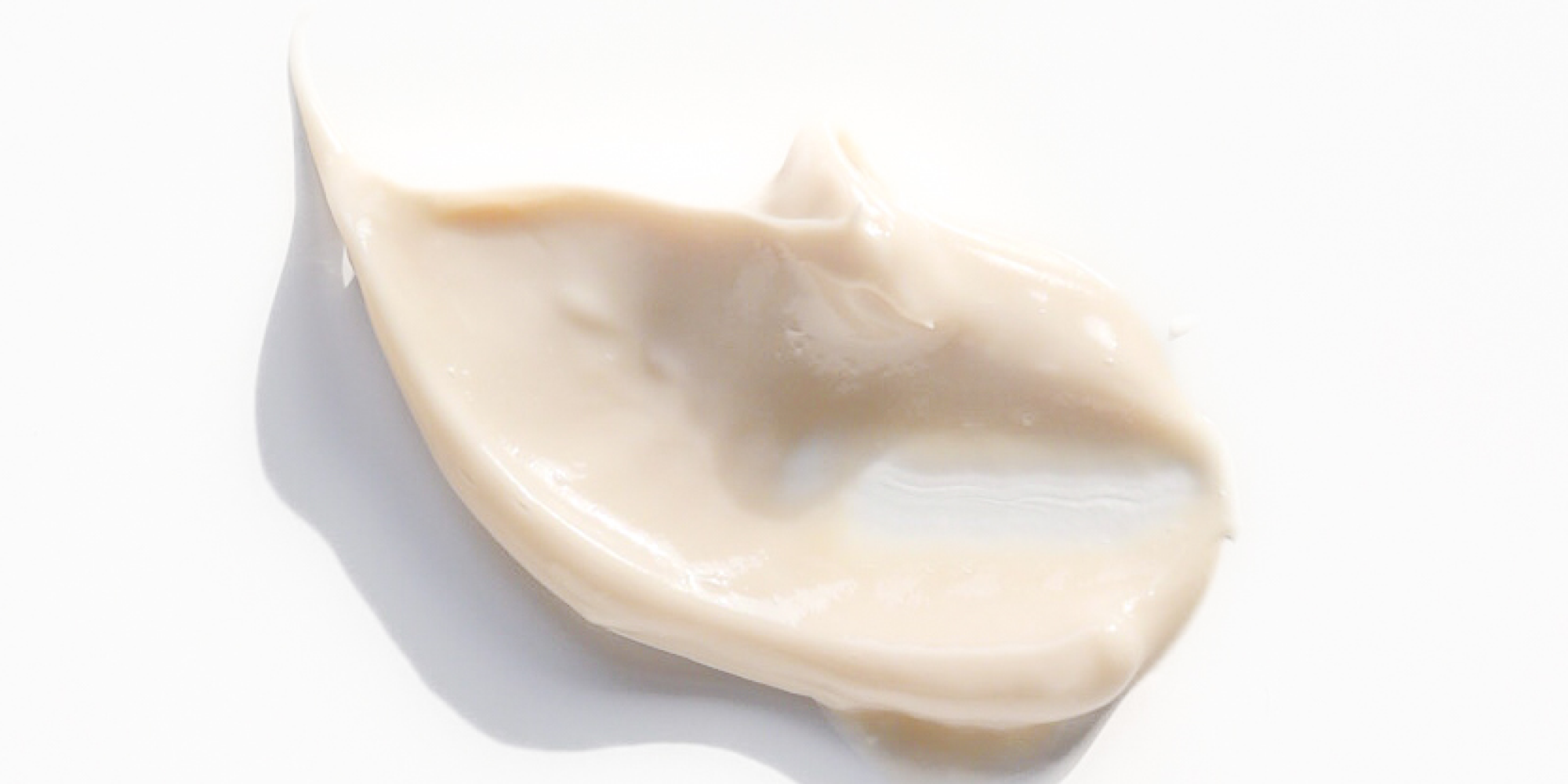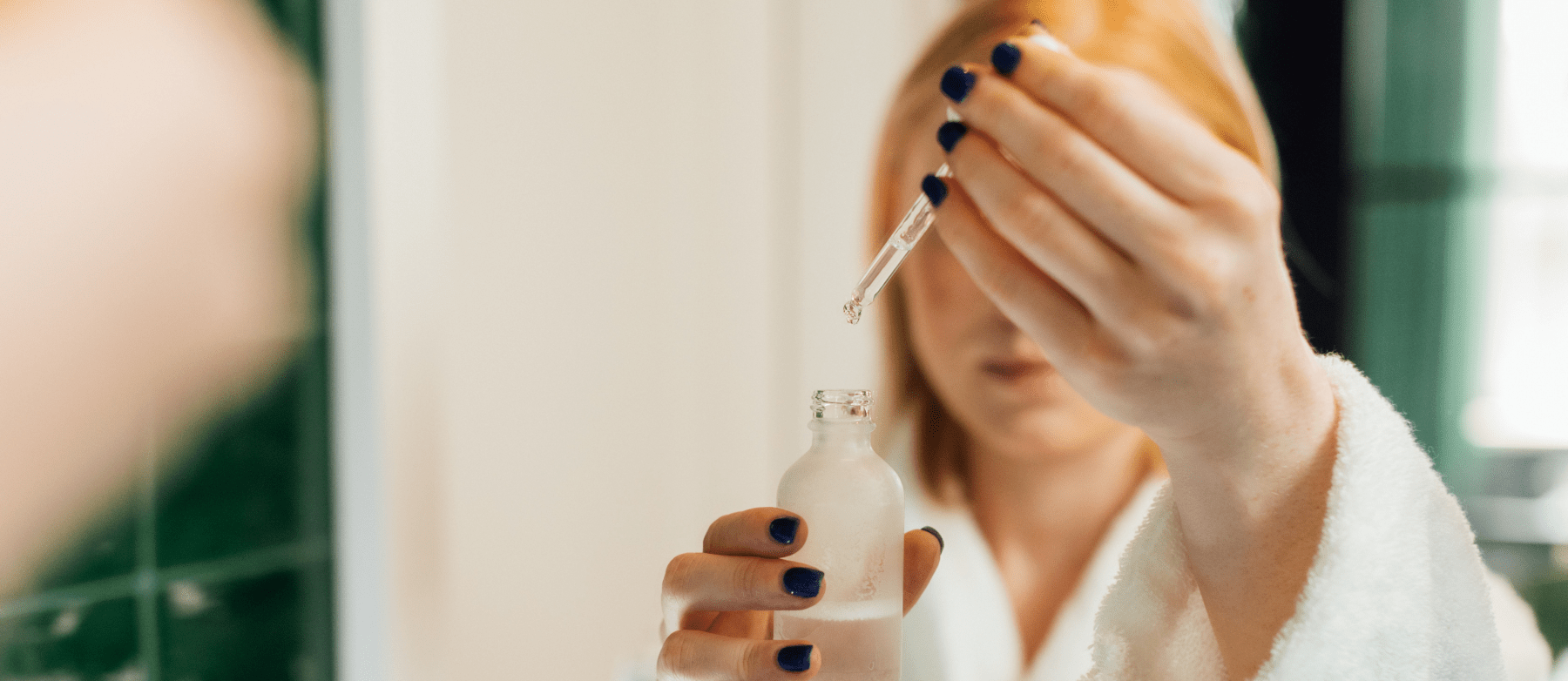
Clean and Green: Ingredients We Never Use
The goal of skincare products today is to get results, and we are making products to reach the deeper layers of the skin so they can be the most effective in treating the skin and achieving those results. Therefore, if you’re using active ingredients, you want to make sure that what you’re putting on is going to be clean and without any negative impact.
The most common ingredients of concern and why:
- Alcohols such as methanol, isopropyl alcohol, propanol, benzyl alcohol, and SD alcohol can cause irritation, inflammation, and free-radical damage. They are also very drying and disrupt the skin barrier.
- Parabens, a chemical preservative and microbial – Studies show parabens mimic estrogen in the body and there is evidence linking them to reproductive organ harm, thyroid disruption, hormone related cancers, and obesity. Even early onset of puberty in girls according to a study published by Human Reproduction, due to the use of parabens through beauty products.
- Phenoxyethanol, also called Ethylene Glycol Monophenyl Ether, is a preservative with antibacterial properties. Likely made in a laboratory by treating phenol (created from benzene) with ethylene oxide. Used as a safer alternative to Paraben preservatives however, according to the Material Safety Data Sheet on phenoxyethanol, it is quickly absorbed into the skin and is known to cause irritation to both the skin, lungs and potentially the kidneys. In an article published October 2019, in the Journal of European Academy of Dermatology, it is said to be used in personal care products at a concentration of less than 1%, however, rarely is it taken into account that it is used in many products and cumulatively likely to exceed the recommended 1% limit. Many women use a minimum of 13 personal care products daily. In this same article, the French National Agency for the Safety of Medicines and Health Products (ANSM) recommend that phenoxyethanol should not be used as a preservative in cosmetic products intended for application on children 3 years and under [1].
- Chlorphenesin is a synthetic preservative that has been linked to moderate skin irritation. The ingredient is currently restricted in Japan, as it has been associated with allergic dermatitis, immunosuppressive qualities, and has been found to be harmful if swallowed or inhaled [2].
- Sulphates (Ethoxylated agents), are responsible for the bubbles and lather in a product like shampoo or cleansers, derived from petroleum and sulfur, and has been found to strip hair and the skin’s natural acid mantle. The Environmental Protection Agency (EPA) lists it as a known carcinogenic.
- Phthalates, a group of chemicals that make products more pliable and help fragrances – are known endocrine disruptors and are linked to reproductive harm in children and men. Some phthalates, like dibutyl phthalate (DBP), have been classified by The State of California and other authoritative bodies as a reproductive and developmental toxicant, and the European Union banned the use of this ingredient in cosmetics and personal care products [3].
- Fragrances or perfumes typically contain Phthalates and other toxic chemicals – they are known irritants and can trigger allergies and asthma.
- Formaldehydes, most notorious preservative used in history – recognized in 2015 by the American Contact Dermatitis Society as Contact Allergen of the Year. It is also globally known as a carcinogenic that can also cause nosebleeds, itchy eyes and sore throat.
- Benzene ethanal which has been shown to have negative effects on our brains and nervous systems.
- Hydroquinone, a common skin lightening ingredient to treat discoloration – linked to cancer, decreased immune response and abnormal function of the adrenal glands. The European Union as well as Japan and Australia have banned this ingredient.
- Polyethylene glycols (or “PEGs”) are petroleum compounds composed of condensed ethylene oxide and water that can have various derivatives and functions, and in certain forms can cause system toxicity and are known carcinogens [4].
- Refined Petroleum (mineral oil and paraffin), is a widely used moisturizing agent found in creams and lip balms – Not only is it important to avoid it from an environmental standpoint but the World Health Organization listed it as a carcinogenic and 2011 publication in NCBI PubMed listed mineral oil to be the greatest contaminant of the human body.
- Propylene glycol and butylene glycol, are chemicals used to enhance absorption found in shampoos, conditioners, soap, and moisturizers, have been linked to cancer and endocrine disruption and organ toxicity. Propylene glycol is a small organic alcohol commonly used as a skin conditioning agent and has been associated with irritant and allergic contact dermatitis as well as contact urticaria in humans; these sensitization effects can be manifested at propylene glycol concentrations as low as 2%.[5]
- Silica, used as an absorbent and anti-caking ingredient found in cosmetics and bath products - are not biodegradable therefore harmful to the environment and are known carcinogens.
- Talc, used in face powders and eye shadows – typically is not purified and can be contaminated with asbestos, a known carcinogenic. In Dec. 2018, Reuters published an investigation that found baby powder products by Johnson & Johnson linked to cases of ovarian cancer and mesothelioma.
Safe Skin Care References
[1] https://cosmeticobs.com/en/articles/ansm-47/ansm-a-mandatory-warning-on-leave-on-cosmetics-containing-phenoxyethanol-4720
[2] Japan Ministry of Health, Labour and Welfare. 2006. Standards for Cosmetics. Evaluation and Licensing Division. Pharmaceutical and Food Safety Bureau.
Cosmetic Ingredient Review (CIR) 2020. CIR Assessments. Appears as: ; Chemical_Name: CHLORPHENESIN; ; CAS: 104-29-0; Classification: QQQ01;
[3] https://www.ewg.org/skindeep/ingredients/701929-DIBUTYL_PHTHALATE/
European Commission. 2013. Cosing, the European Commission database with information on cosmetic substances and ingredients. Accessed on March 1, 2013 at http://ec.europa.eu/consumers/cosmetics/cosing/ .
California EPA (California Environmental Protection Agency). 9/2008. Office of Environmental Health Hazard Assessment. Safe Drinking Water and Toxic Enforcement Act of 1986. Chemicals known to the State to cause cancer or reproductive toxicity.
[4] https://www.ncbi.nlm.nih.gov/pmc/articles/PMC4505343/
[5] https://www.ewg.org/skindeep/ingredients/705315-PROPYLENE_GLYCOL/
CIR (Cosmetic Ingredient Review) 2006. CIR Compendium, containing abstracts, discussions, and conclusions of CIR cosmetic ingredient safety assessments. Washington DC. EC (Environment Canada). 2008. Domestic





